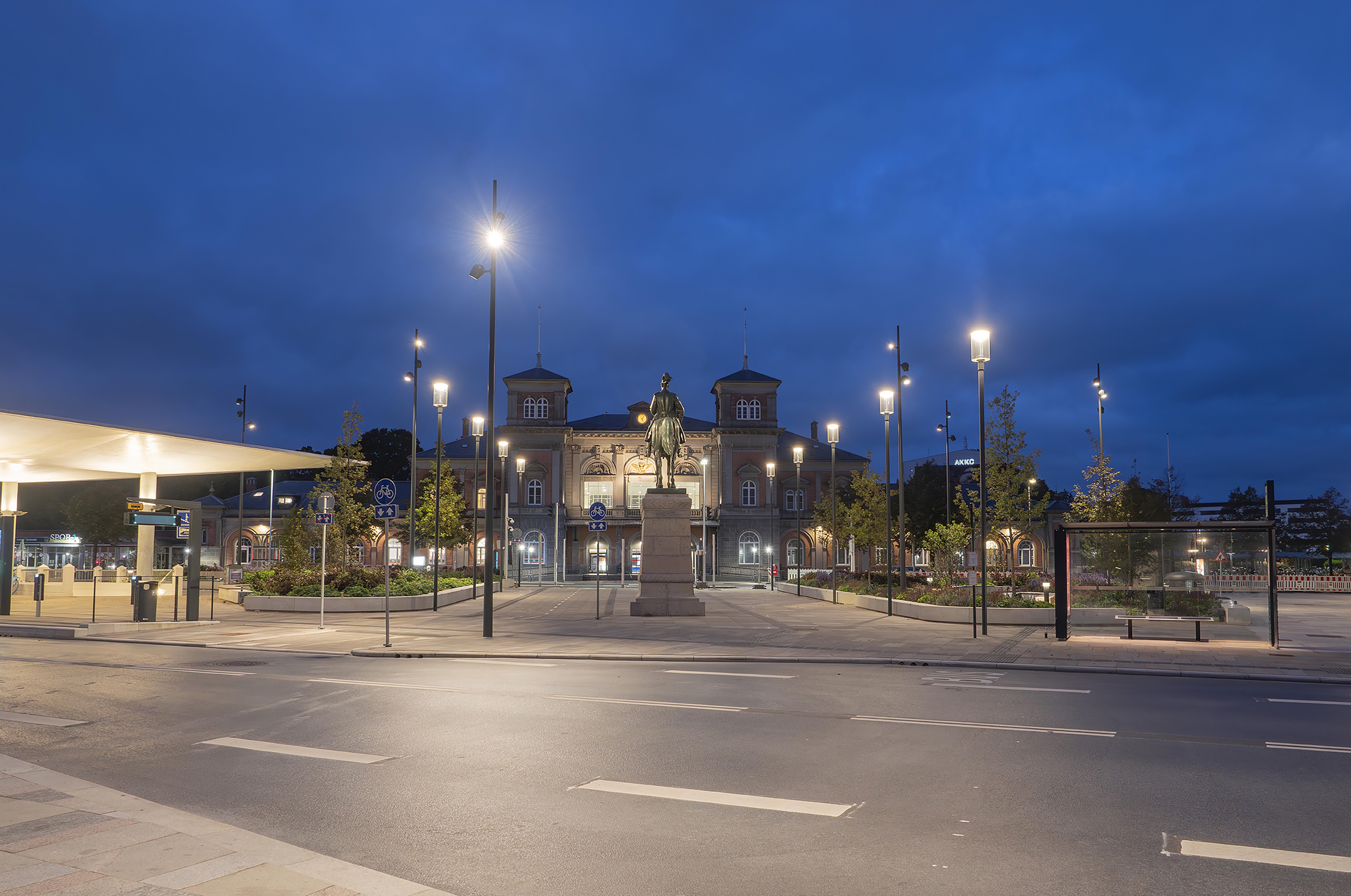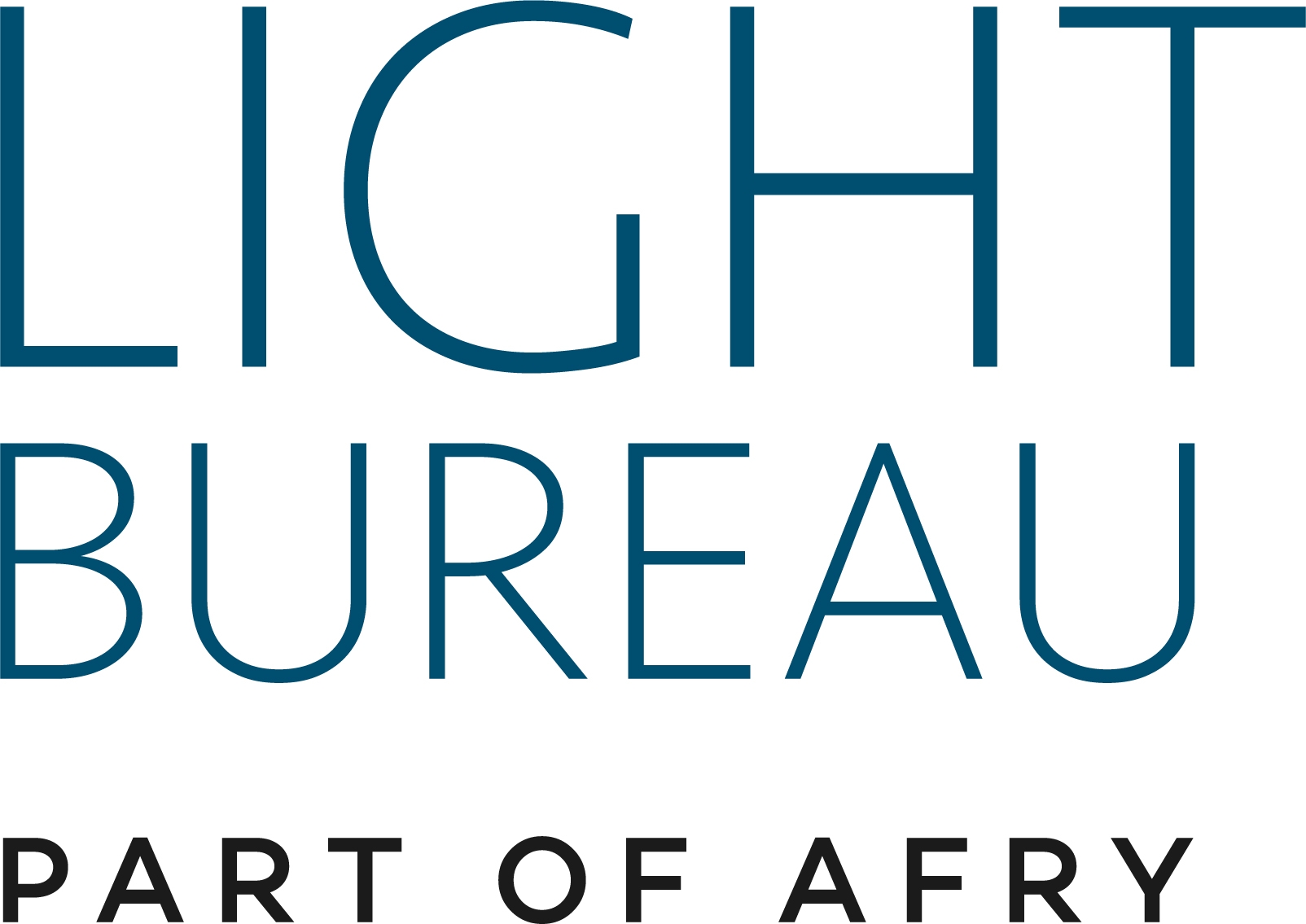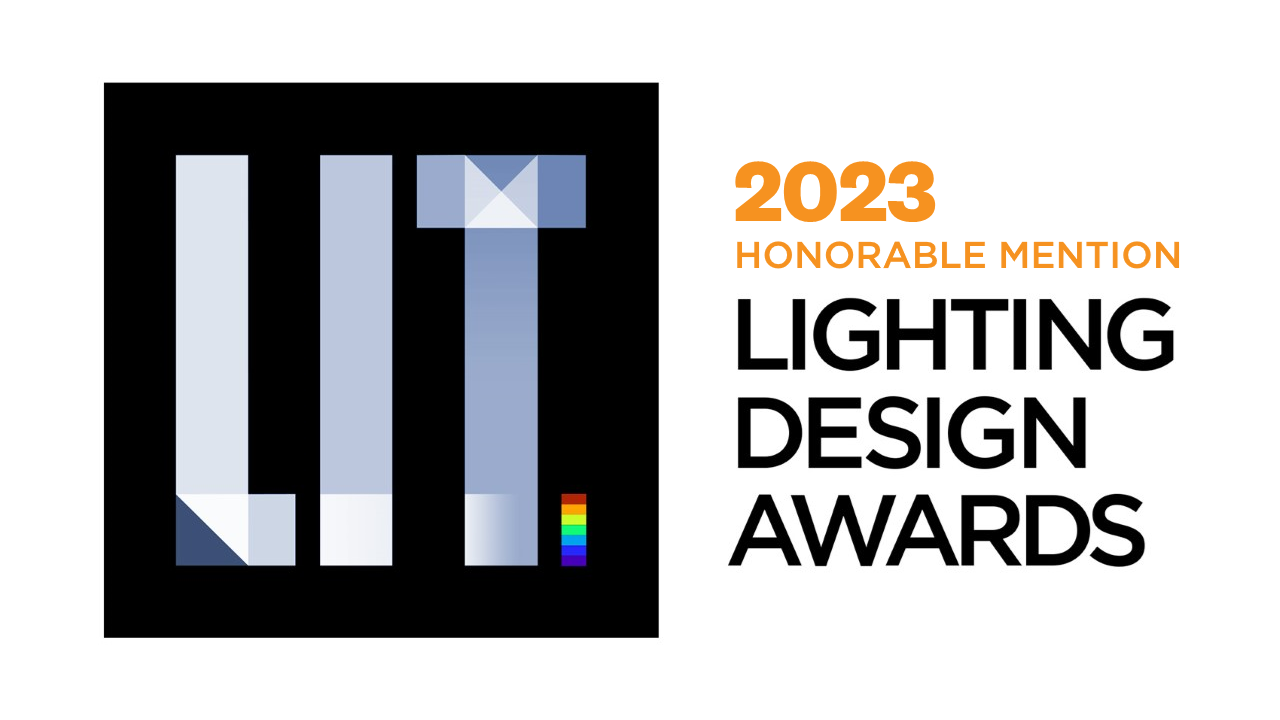Prize(s) Honorable Mentions
Lighting Design/Product Company Light Bureau - Part of AFRY
Lead Designers Light Bureau - Part of AFRY
Other Designer's names Franziska Holmsted, Luaras Morina, Rune Brandt Hermannsson
Client BRT Project and Aalborg Municipality
Photo Credits Rune Brandt Hermannsson at Light Bureau
Other Credits Client's Project Group; Arkitema; COBE; COWI; AK Belysning; Arkil
Completion Date 17.05.2023
Project Location Aalborg, Denmark
Entry DescriptionJohn F. Kennedy Square in Aalborg, Denmark originated with the construction of the railway station in the late 1800s. Until recently, it served primarily as a transit area but now stands as a vital transportation hub due to its central location and connection to Aalborg’s Plusbus project. The landscape project aimed to create an appealing urban environment that promotes pedestrian and cyclist activity by dividing the square into two sections: 'The Outer,' featuring transit zones, and 'The Inner,' with small green spaces for relaxation. The new bus station features a canopy providing shelter for those using the new Plusbus transport.
The lighting design’s objective was to complement these spaces, emphasizing both transit and relaxation. Furthermore, it was utmost important to make the public square feel safe and easily navigable. Lighting has played a crucial role for the project since the concept phase, as it aims to support the landscape project while creating a visually pleasing and functional environment that enhances the user’s experience. Lighting for the floating canopy highlights its architectural features while contributing to the feeling of safety. The lighting design enhances John F. Kennedy’s Square´s character and ambiance, contributing to a cohesive and aesthetically pleasing environment.
Sustainability ApproachOne primary sustainable objective guiding the lighting design was to optimize operational and maintenance efficiency for the municipality. Rather than introducing entirely new lighting equipment, the project implemented high-quality and durable lighting solutions that align with the municipality's existing expertise and resources. Using easily accessible lighting equipment, will aid the longevity of the design and promote long-term service. All luminaires are specified to meet the specific lighting requirements for the different areas, making the installation highly energy efficient.
In addition to this economic sustainability focus, the project also aims towards social sustainability by fostering inclusive spaces that welcome a diverse range of users to fully engage with and appreciate the various amenities of the public square.


